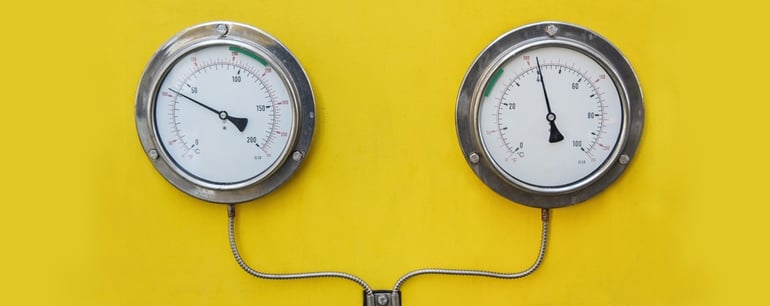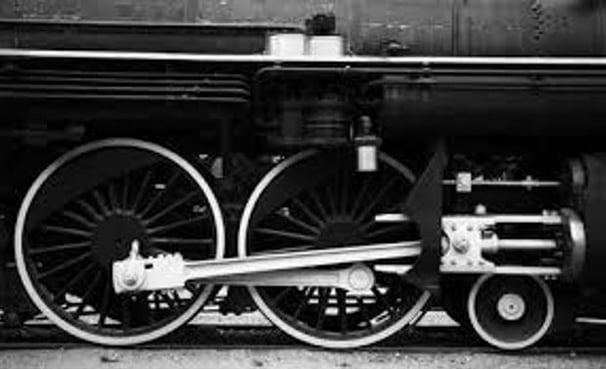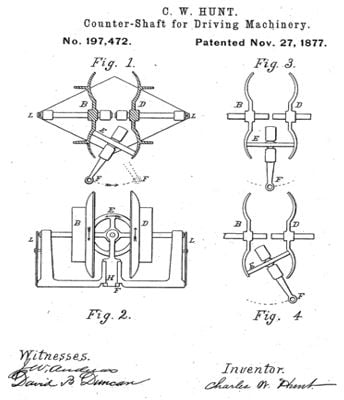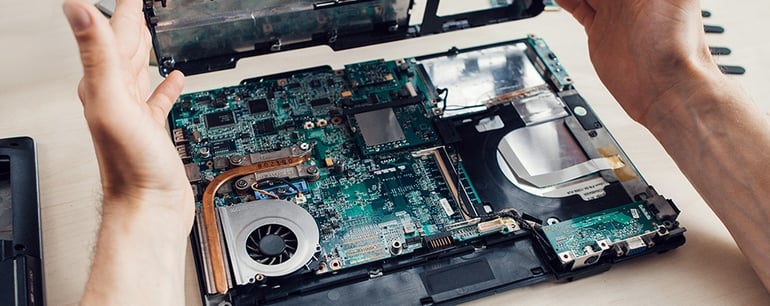Three Ways the Industrial Environment is Tackling the IoT Revolution
3 Ways the Industrial Environment Is Tackling the IoT Revolution

Internet of Things (IoT), simply put, is a network of smart devices that are connected to the internet and are capable of sharing information and data with one another. On a more complex level, IoT helps connect various functions in an industry, right from manufacturing, logistics, and inventory and project management to cyber security and data protocols. There is both horizontal as well as vertical interaction between devices, thereby paving way for inter-industrial connectivity as well.
As IoT grows and exerts its influence over every aspect of our lives, there is no field that has come under its influence more than heavy industries. Manufacturing and production rely on massive and internet-connected equipment and processes that can share data, and make informed and cost-saving changes in workflow.
But for all the good things that come with IoT, there comes a fair amount of complex problems too. Compromised security, lack of interoperability between devices from various companies and too many technologies that enable IoT with no widely accepted technical standards are some of the issues plaguing IoT today.
Here are a few ways in which industrial operations are tackling the issues associated with IoT.



